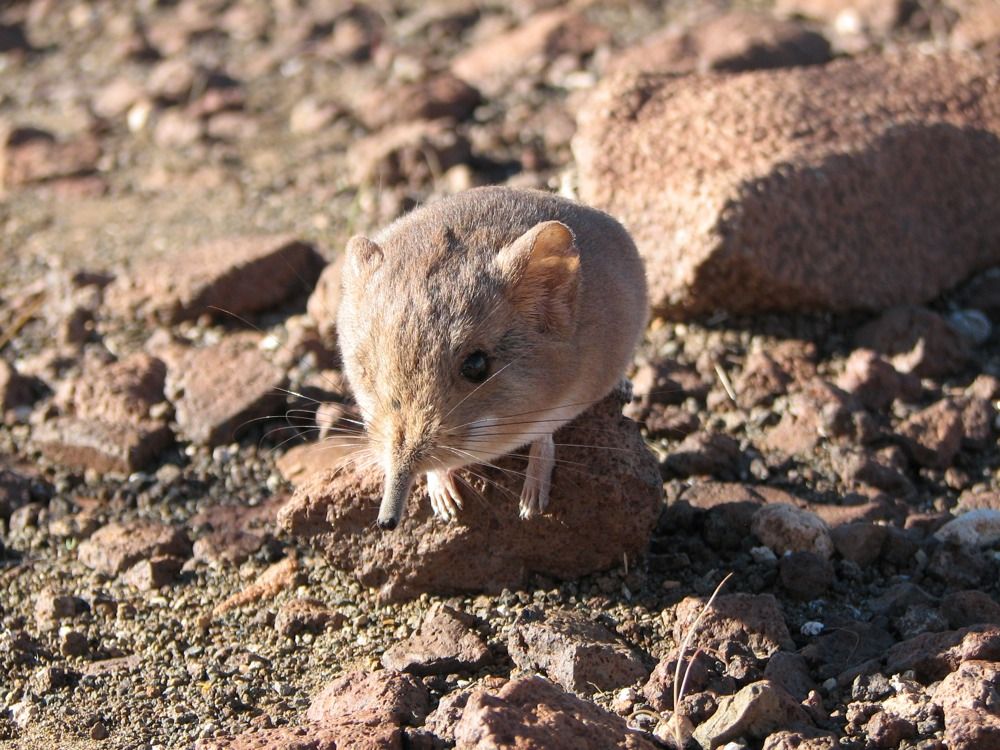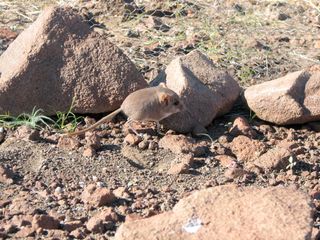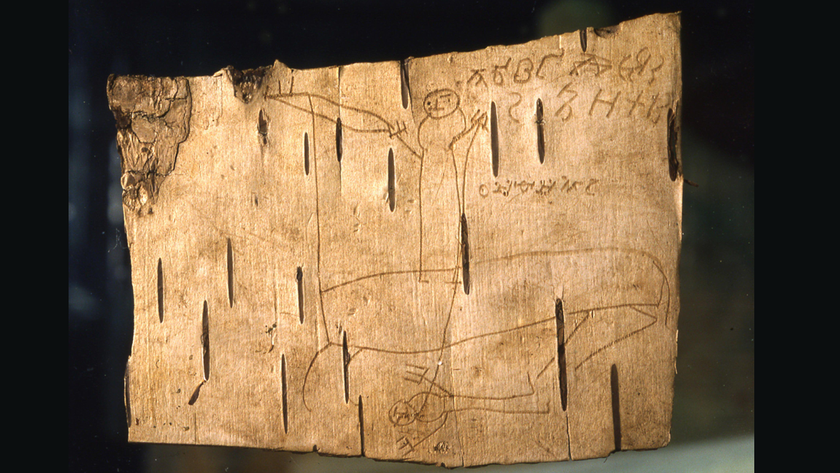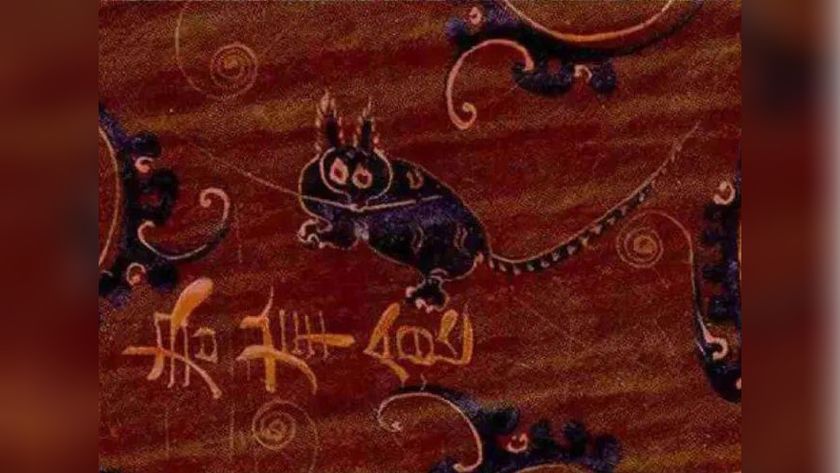Tiny Elephant Shrew Is Smallest of Its Kind

A new, tiny species of elephant shrew, also called a round-eared sengi, has been discovered in the Namib Desert in Africa, scientists say.
The newbie, now called Macroscelides micus, is the smallest member of the scientific order Macroscelidea, which now includes 19 known sengis. Like other sengi, the creature sports a narrow, trunk-like snout.
One of the study researchers, Michael Griffin of the Namibia Ministry of Environment and Tourism, collected the first representative of this newfound species around the ancient Etendeka volcanic formation, which is an arid area inland from the coastal Namib Desert between the Ugab and Hoanib rivers. At first, the researchers thought the creature was a known species from Namibia, Macroscelides flavicaudatus. [See Photos of Evolution's Most Extreme Mammals]
"We knew that it looked a little odd, but it was the genetic analyses that suggested that it was really very different," researcher John Dumbacher, curator of ornithology and mammalogy at the California Academy of Sciences in San Francisco, told Live Science in an email. "Once we got back to the field and saw several live individuals, it was clear that they differed from M. flavicaudatus in many ways, and that this wasn't just an 'odd' individual."

For instance, not only is the newbie smaller than any other sengi — at just 7.5 inches, or 190 millimeters, from nose-tip to tail-tip — it also has redder fur and lighter skin, particularly noticeable on the ears and feet, Dumbacher said.
"They also have a very large scent gland on their tail, which is probably important in signaling other members of their species in order to find mates and mark territories," Dumbacher added.
Subsequent trips taken by the team revealed the newfound sengi lives throughout this ancient volcanic region, which is about 136 miles (220 kilometers) long and about 62 miles (100 km) wide, Dumbacher said. The creature likely evolved its red fur as an adaptation to blend into the region's red soil.
Sign up for the Live Science daily newsletter now
Get the world’s most fascinating discoveries delivered straight to your inbox.
"We hope to learn more about this in coming field seasons, where we plan to radio-collar some of these small sengis and study their activities and spatial movements," Dumbacher said.
The little sengi is described this week in the Journal of Mammalogy.
Follow Jeanna Bryner on Twitter and Google+. Follow us @livescience, Facebook & Google+. Original article on LiveScience.
Jeanna Bryner is managing editor of Scientific American. Previously she was editor in chief of Live Science and, prior to that, an editor at Scholastic's Science World magazine. Bryner has an English degree from Salisbury University, a master's degree in biogeochemistry and environmental sciences from the University of Maryland and a graduate science journalism degree from New York University. She has worked as a biologist in Florida, where she monitored wetlands and did field surveys for endangered species, including the gorgeous Florida Scrub Jay. She also received an ocean sciences journalism fellowship from the Woods Hole Oceanographic Institution. She is a firm believer that science is for everyone and that just about everything can be viewed through the lens of science.











